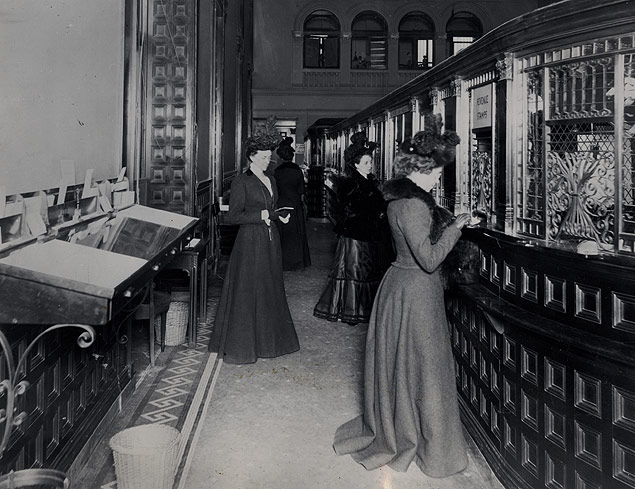Imagine that the shoes you’ve been eyeing for ages are finally back in stock, but they’re priced at 10,000 rupees. At first glance, it seems steep, but think about this: if you wear these shoes three days a week for two years, the cost breaks down to just about 32 rupees per wear. It’s like you’re only paying 32 rupees each time you wear them.
Does this make that hefty price tag less intimidating?
This is what the “Girl Math” trend is about. On social media, “Girl Math” humorously explores how women justify their spending with quirky (often inaccurate) calculations. While this trend is meant for entertainment, it can subtly reinforce stereotypes that women lack financial knowledge, portraying them as impulsive spenders rather than strategic planners. In stark contrast, the “Finance Bro” persona on social media, often in reference to men, is celebrated for a calculative, competitive approach to investments, treating Wall Street like a personal battleground. While these contrasting narratives might seem benign, they can influence how financial decisions are made in the real world and create a gap in perceived financial competence and confidence between genders.
In my previous article, it is acknowledged that education is crucial in addressing the gap in the financial world that is perpetuated by gender stereotypes. Unfortunately, there are biases in the structure of education as well.
Financial education often fails to adequately address the unique socio-economic factors that disproportionately affect women’s financial behavior and opportunities. For starters, women generally earn lower incomes compared to men and are more likely to occupy part-time positions or be completely outside the labor force. This means they have less money to save or invest. Also, societal expectations often dictate that women should prioritize family needs over personal financial goals or be deferential in money matters, which can make it hard for them to talk about money or make financial decisions confidently. In some places, women also have trouble getting access to bank accounts and other financial services.
This oversight perpetuates the gender gap in financial literacy by not engaging women effectively or providing relatable content that resonates with their experiences.

Did you know that in Germany, France, and Spain, women couldn’t open a bank account without a male co-signer until the late 20th century?
Cultural expectations play a significant role in shaping financial literacy and confidence. In many societies, men have traditionally been seen as the primary decision-makers about money, while women have had more supportive roles. This is reflected in how children are socialized and the opportunities they are given to learn about finances. For example, boys often get more opportunities to handle money and make decisions about it from a young age, like getting more pocket money or being allowed to manage their own money more. A study by Starling Bank found that boys get 20% more pocket money than girls. This early exposure reinforces their confidence in these areas as they grow older.
Financial literacy also sharply increases with educational attainment and is strongly associated with math skills. An additional contributing factor in feeling confident about managing money is understanding math. Research shows that children who are exposed to math and its importance at home tend to feel more sure about their math skills and money skills, too.
But there’s a gap here as well.
From an early age, boys and girls receive different levels of encouragement to engage in math and science, leading to a gap in their perceptions of their abilities in these subjects. In fact, this starts from people who bring these children up. Parents and educators tend to provide more scientific explanations to boys during shared activities, nurturing early interest and confidence in STEM fields. This disparity in encouragement can impact how much boys and girls learn about handling money.
Many women don’t realize they are as good at math and making financial decisions as men. This isn’t just about actual skills; it’s also about how we see our abilities, which are influenced by society and schools. A man’s money skills usually are independent of how good he thinks he is at math. But for women, how confident they feel about math greatly impacts how much they know about handling money, even if they’re theoretically good at math.
As adults, this lack of confidence has tangible consequences: women are less likely to ask for raises or advocate for their financial worth, invest in the stock market, or plan thoroughly for retirement, further widening the wealth gap. This gap is exacerbated by factors like the gender pay gap and career interruptions for family care, putting women at a higher risk of financial insecurity in retirement.
To bridge this gap, integrating financial literacy into school curricula in an inclusive manner is essential. Programs that engage all students with math and financial concepts from an early age can make a significant difference. Initiatives like scholarships and mentorships that promote STEM education among girls can boost their confidence and skills in these critical areas.
For organizations, this means implementing policies that promote pay equity and support financial confidence for women. Equal pay for equal work, paid parental leave, and career sponsorship are crucial in creating an inclusive workplace culture encouraging women to advocate for their financial worth.
Ultimately, education serves as the glue that closes the gendered gap perpetuated by biases. By equipping everyone with the tools and encouragement they need to succeed in STEM and, in turn, financial literacy, we can pave the way for more equitable financial participation.


